VOCs Designated as HAPS, OHAPS

What are HAPs?
Hazardous Air Pollutants (HAPS), are generated by multiple processes in the cement and lime industries. They are most effectively removed by the embedded nanocatalyst in Tri-Mer UltraCat filters.
HAPs and THCs from both combustion and raw material sources are broken down by the embedded catalyst, with effectiveness increasing at temperatures above 400°F – a situation easily achieved using gases from the preheaters.
Each of the seven HAPs designated by the PC NESHAP has different characteristics, and their destruction by the catalyst has been documented in studies and corroborated by multiple pilot tests on diverse cement kilns.
HAPs, along with NOx, SOx, and Hg if required, are treated in one system, for comprehensive Cement MACT compliance. In addition, the same UltraCat system efficiently removes particulate, including PM2.5.
Facilities may find that replacing raw materials that have high THC emissions keeps them below EPA limits. A system configuration using activated carbon can also help in this regard. Controlling air missions with a dedicated system will, however, be needed, if THC emissions are too high to be managed with changes to the fuel and raw material.
In these instances, Ultracat technology is the most proven, most predictable, most cost efficient life cycle alternative.
This form is the fastest way to get in touch with us.
A more detailed form, located here, will tell us what we need to generate a detailed quote.






